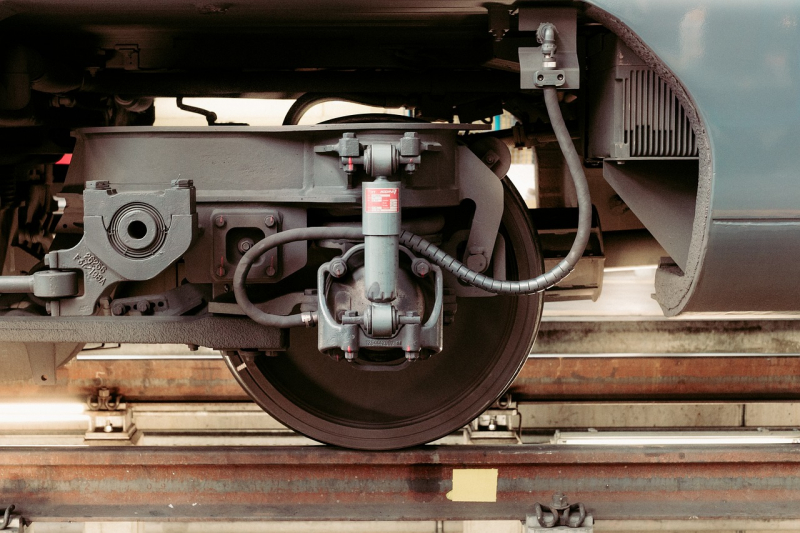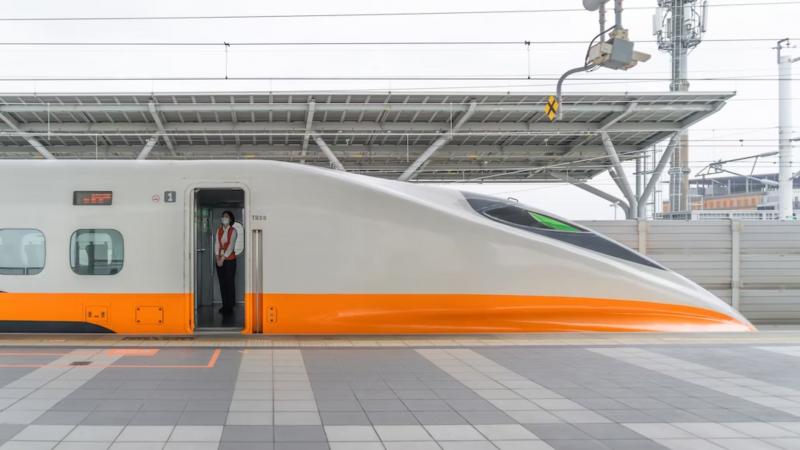Lack Of Funding
Funding is another reason why California high-speed is struggling. The construction costs in this area are more in the range of 11.4 million per kilometer, which is very comparable to market rates in other countries like China. The prices only start to skyrocket enormously until the rail eventually enters the highlands and seismically active regions farther away from Los Angeles and San Francisco. And it's causing a lot of people to worry because the anticipated money that was advertised back in 2008 has also been difficult to really come by in the almost ten years since, as building expenses have increased along with their costs and ticket prices. Private investors who think that most Californians will eventually just continue choosing to fly over the rail, especially if flying turns out to be cheaper and ultimately ends up being quicker in the end, have questioned the rail's ability to compete with planes between San Francisco and LA. However, it hasn't only been difficult to find private funding.
As a result of the cancellation of about $1 billion in federal funding for the railway by the Trump administration, complaints over a lack of development, construction delays, and financial overruns have grown. The Biden administration, which is far more pleasant and well-trained, also enacted an infrastructure bill last year that gave Amtrak 66 billion to expand its Express service in the Northeast and add additional lines across the rest of the country. Nevertheless, it omitted any financing that was specifically allocated for California's high-speed rail. With a current estimated total cost of 105 billion, some forces thought that California might only receive as little as 5 billion in money for the project from the bill, which won't actually help all that much.Many in California's government have serious concerns that after the 23 billion or so core section from Bakersfield to Redding is finished, the state will struggle to find the money needed to complete the 50 billion leg from Bakersfield to Los Angeles. The estimated 22 billion needed to complete the connection from the Central Valley to San Francisco, along with extensive, expensive mountain tunnels, are needed.
If the additional funding in the tens of billions of dollars cannot be obtained, California might be left with what the project's detractors have been criticizing it for. A lone high-speed train traveling through the Central Valley from Bakersfield, with a population of 380, was supposed to carry 80,000 people. However, the project has been hampered by inefficient management and a lack of clear direction from the state governments regarding what the project's actual next steps will include because the financing needed to complete it eventually remains insufficient.Then, the Covid 19 epidemic undoubtedly did not help the project, as evidenced by the fact that the number of construction workers currently working there is less than half of what was anticipated to be the case at this stage prior to the pandemic. Ultimately, the California high speed railway might offer millions of Californians significant potential benefits if it is ever completed.





